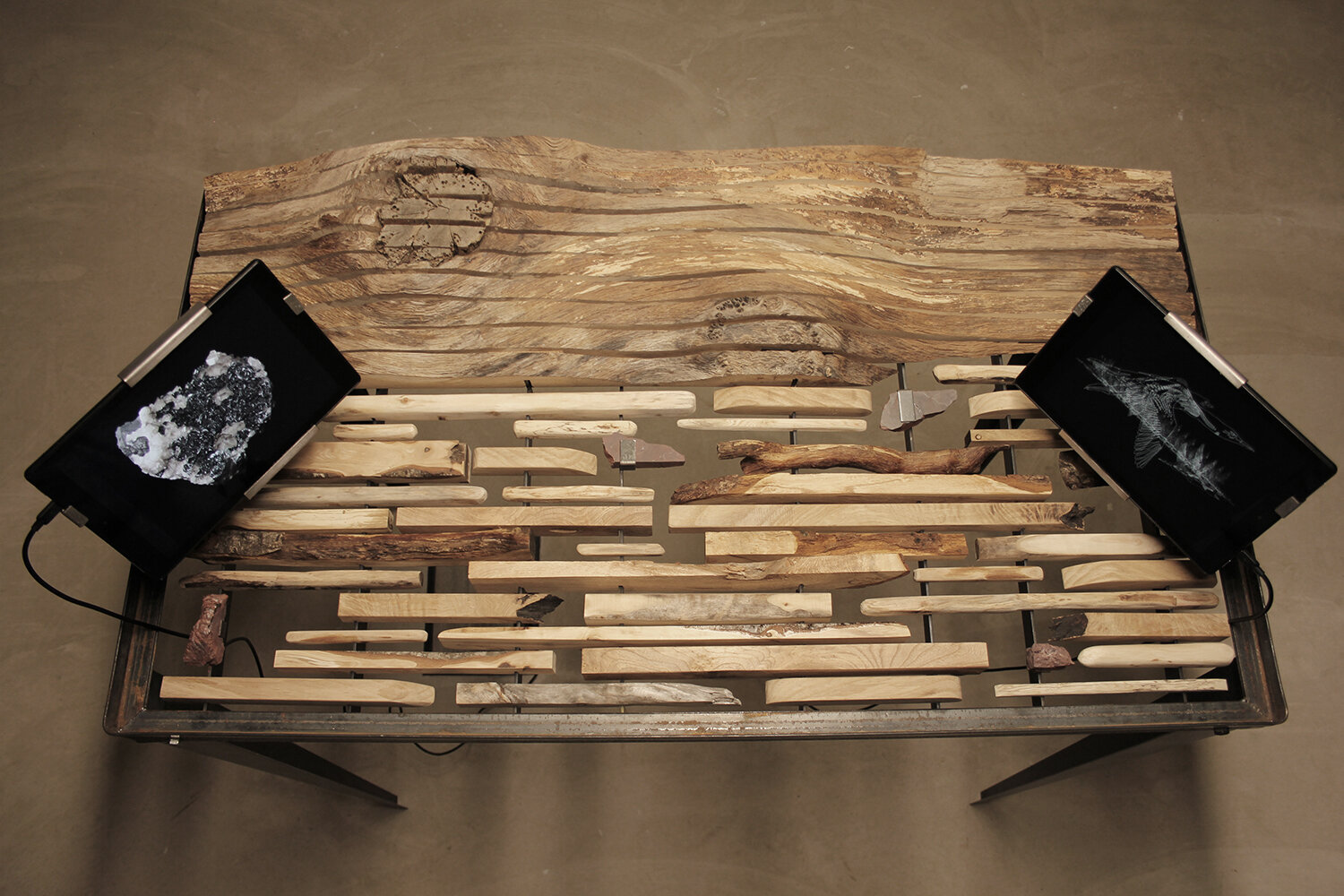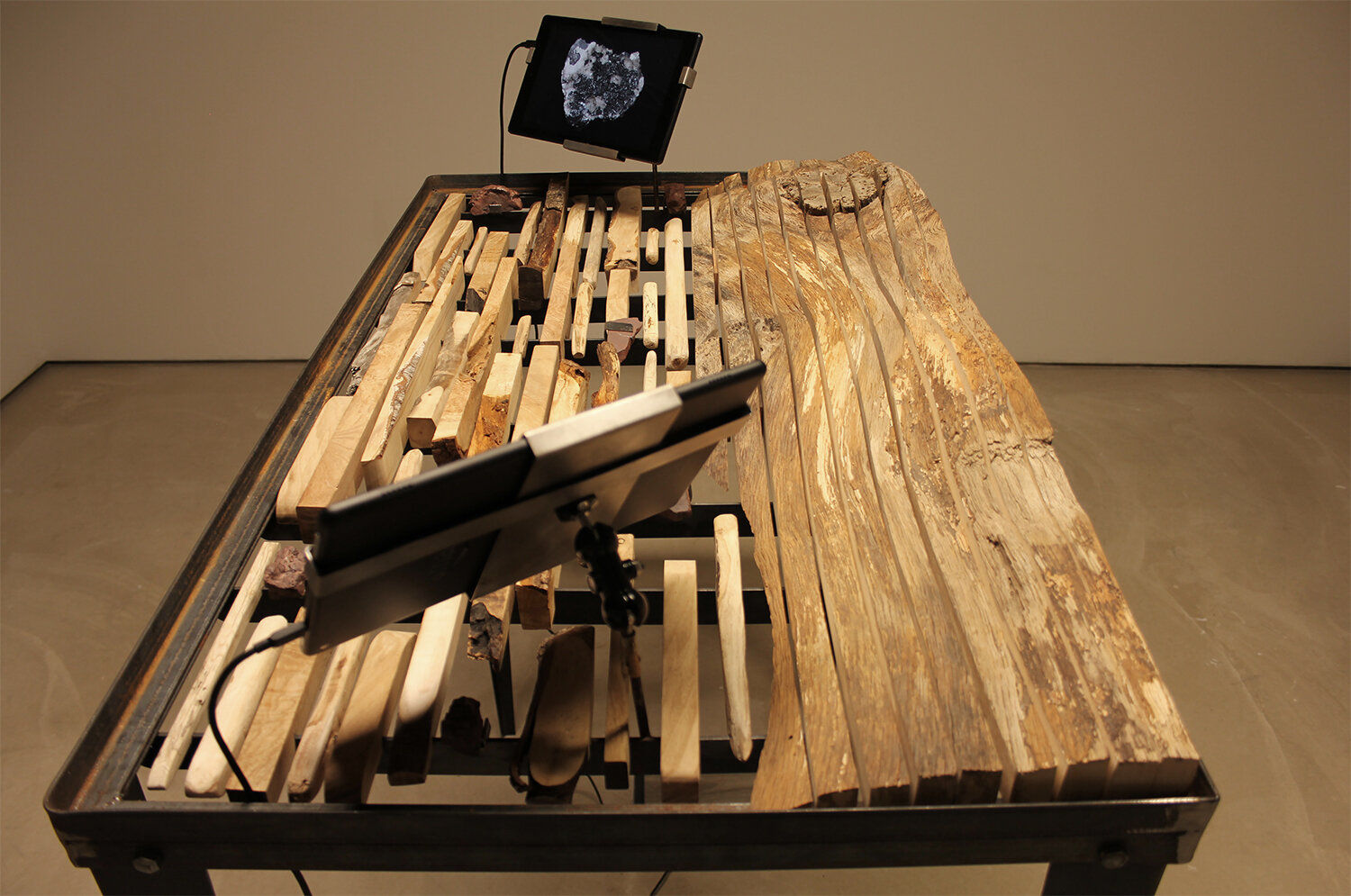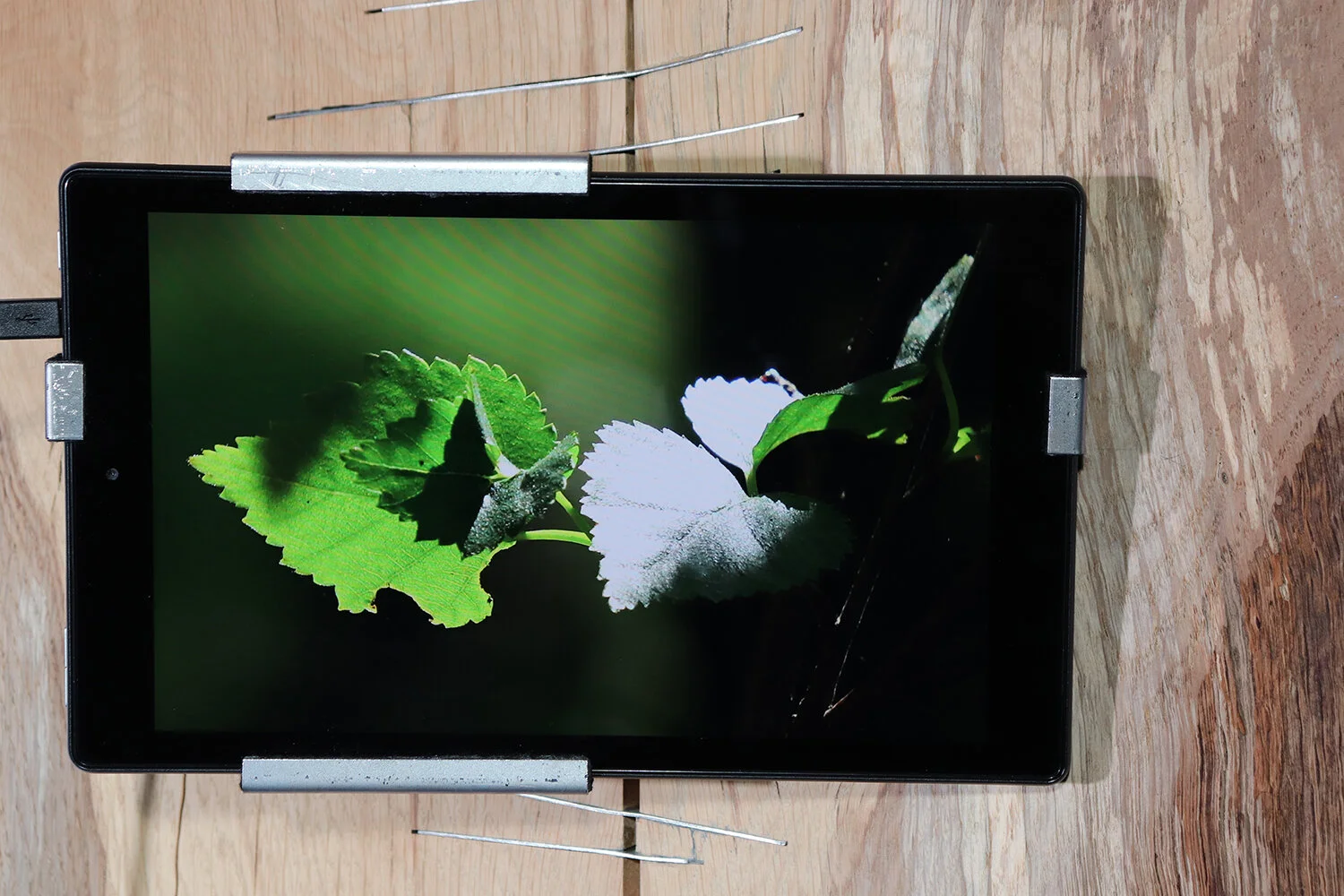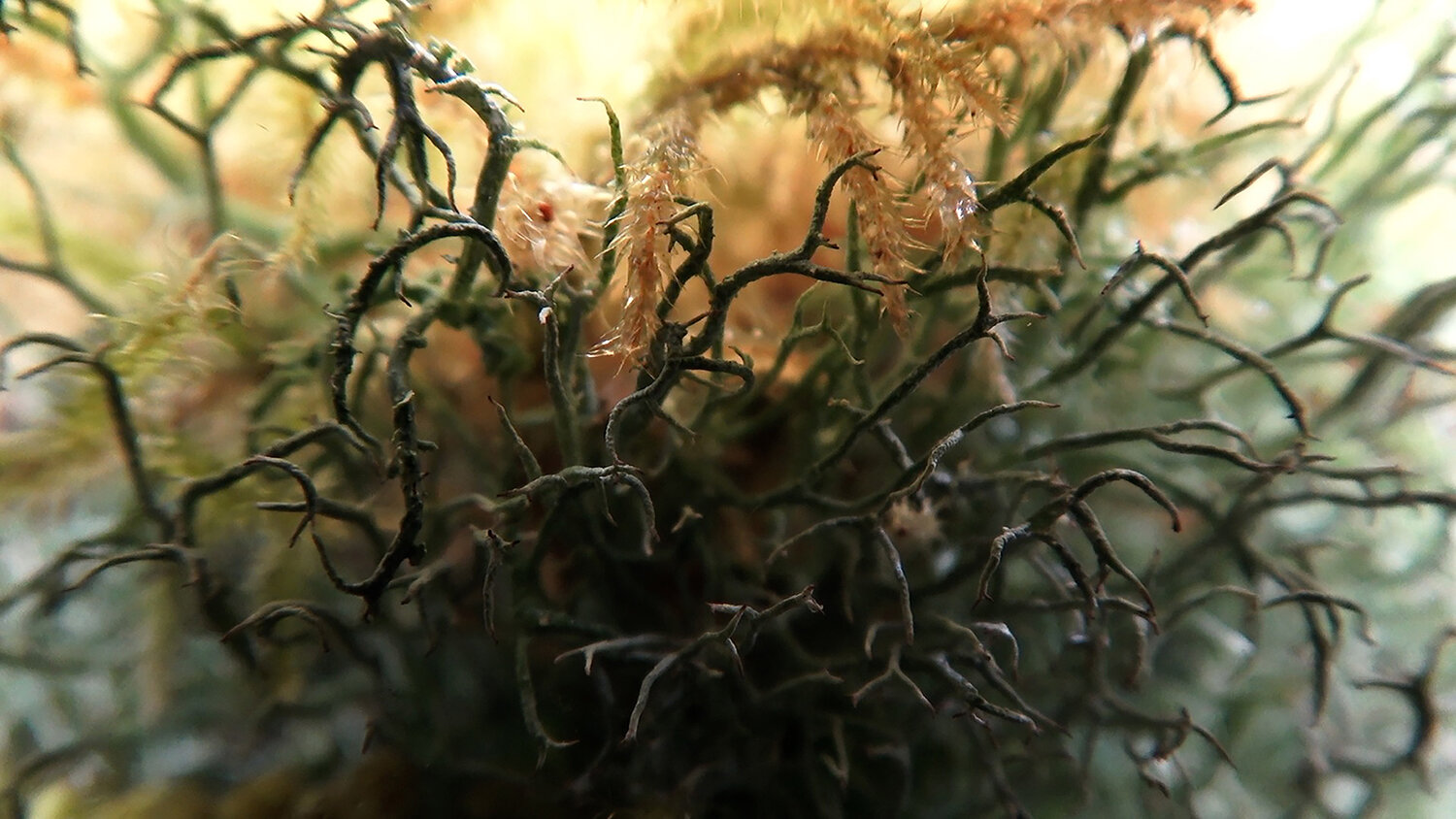









Your Custom Text Here
Iron & Wood forms part of an ongoing enquiry into the nature of landscape and the uses of history in the Scottish landscape. It was made with the help of a landscape ranger, a museum curator, a geologist, a path mender and wood and metal workshop technicians. It was created with funding from a Creative Scotland, City of Edinburgh Council Visual Artist and Craft Maker Award and a Hope Scott Trust Award.
Iron & Wood was exhibited at Gairloch Museum in the village of Gairloch in Wester Ross in the North West Highlands of Scotland in the summer of 2019.
Iron & Wood
“… Letterewe, where said George Hay kept a colony and manufactory of Englishmen making iron and casting great guns, until the woods of it were spent and the leases of it expired.”
The Letterfearn Manuscript c.1675
Iron & Wood is an installation, a room of drawings and films preoccupied with the nature, industry and strange stories that people the local landscape. Imagined as a gentleman’s cabinet, a fictional study of sorts, for Sir George Hay the ironmaster and adventurer who lived and worked at Letterewe on the eastern shores of Loch Maree in the early years of the 17th century.
Hay, a gentleman of Perthshire and an opportunist of the first order, originally set out to colonise Lewis under a royal grant of 1568. Together with his unscrupulous collaborators, the Fife Adventurers, he travelled north and made his way along the shore of Loch Maree towards the harbour at Poolewe and the boat for Lewis. Along his journey he would have noted two things above all in the landscapes that surrounded him: the distinctive iron-coloured burns that punctuate the eastern shore of the loch as evidence of bog iron in the sedimentary rock and an abundance of ancient oak woods, fuel with which to process said iron for profit. The Lewis adventure failed and in its stead Hay set about creating a suite of furnaces along the Loch Maree shore and the River Ewe, combining raw materials, processes and landscape in a remarkable and profitable adventure in mass production unique to early 17th century Highland Scotland.
Today the eastern shore of Loch Maree, the vast freshwater loch that stretches from Kinlochewe to Poolewe is quiet, peopled instead by oak woods and birches, rowan, ash and alder, each in varying states of vulnerability or resilience. Walking from east to west, map in hand, it is still possible to make out the vestiges of this once busy, industrious landscape: townships, dwellings and enclosures, furnaces and landing bays, piles of stones and the remains of groundworks all bear witness to production, cultivation and dwelling over time.
Iron & Wood forms part of an ongoing enquiry into the nature of landscape and the uses of history in the Scottish landscape. It was made with the help of a landscape ranger, a museum curator, a geologist, a path mender and wood and metal workshop technicians. It was created with funding from a Creative Scotland, City of Edinburgh Council Visual Artist and Craft Maker Award and a Hope Scott Trust Award.
Iron & Wood was exhibited at Gairloch Museum in the village of Gairloch in Wester Ross in the North West Highlands of Scotland in the summer of 2019.
Iron & Wood
“… Letterewe, where said George Hay kept a colony and manufactory of Englishmen making iron and casting great guns, until the woods of it were spent and the leases of it expired.”
The Letterfearn Manuscript c.1675
Iron & Wood is an installation, a room of drawings and films preoccupied with the nature, industry and strange stories that people the local landscape. Imagined as a gentleman’s cabinet, a fictional study of sorts, for Sir George Hay the ironmaster and adventurer who lived and worked at Letterewe on the eastern shores of Loch Maree in the early years of the 17th century.
Hay, a gentleman of Perthshire and an opportunist of the first order, originally set out to colonise Lewis under a royal grant of 1568. Together with his unscrupulous collaborators, the Fife Adventurers, he travelled north and made his way along the shore of Loch Maree towards the harbour at Poolewe and the boat for Lewis. Along his journey he would have noted two things above all in the landscapes that surrounded him: the distinctive iron-coloured burns that punctuate the eastern shore of the loch as evidence of bog iron in the sedimentary rock and an abundance of ancient oak woods, fuel with which to process said iron for profit. The Lewis adventure failed and in its stead Hay set about creating a suite of furnaces along the Loch Maree shore and the River Ewe, combining raw materials, processes and landscape in a remarkable and profitable adventure in mass production unique to early 17th century Highland Scotland.
Today the eastern shore of Loch Maree, the vast freshwater loch that stretches from Kinlochewe to Poolewe is quiet, peopled instead by oak woods and birches, rowan, ash and alder, each in varying states of vulnerability or resilience. Walking from east to west, map in hand, it is still possible to make out the vestiges of this once busy, industrious landscape: townships, dwellings and enclosures, furnaces and landing bays, piles of stones and the remains of groundworks all bear witness to production, cultivation and dwelling over time.